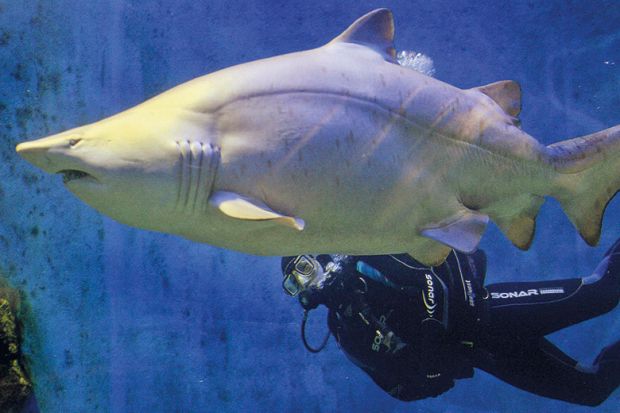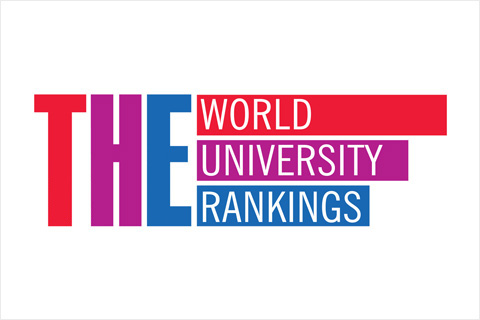An Australian university appears to have paid a premium for guidance out of years of upheaval, with its new vice-chancellor earning almost a quarter of a million dollars more than her predecessors.
The remuneration of Murdoch University vice-chancellor Eeva Leinonen was revealed in the newly published annual reports of institutions in Western Australia. Details have also emerged of hefty pay rises enjoyed by the heads of the eight public universities in Victoria, where the average size of a university leader’s annual emoluments is approaching A$1 million (£550,000).
The 2017 report of Perth-based Murdoch said that Professor Leinonen received between A$750,000 and A$760,000 in her first full year at the university, some 44 per cent more than interim head Andrew Taggart’s remuneration package of about A$525,000.
When Professor Leinonen joined Murdoch from the University of Wollongong in April 2016, she became its fifth leader in as many years. Previous permanent head Richard Higgott had resigned in 2014 after allegations of improper behaviour – including nepotism, destruction of official documents, credit card anomalies and bullying – were referred to Western Australia’s corruption watchdog.
An inquiry concluded that he had engaged in serious misconduct by scheming to have a friend appointed as deputy vice-chancellor and by accessing pornography on a work computer. The scandal exacerbated a morale crisis at the university, which was already reeling from frequent restructures since the tumultuous leadership of long-serving head John Yovich and the departure of three deputy vice-chancellors.
The changes also obscured the top job’s remuneration, with the amounts sometimes cropped because vice-chancellors were not in office for full years and sometimes inflated by one-off entitlement payments.
Murdoch chancellor David Flanagan said that Professor Leinonen’s salary had not changed since her arrival. “Murdoch has a formal process for setting and reviewing the vice-chancellor’s salary, which includes sector benchmarking,” he said.
“Since her appointment, vice-chancellor Leinonen has provided outstanding leadership and a strong resolve to guide Murdoch to a sustainable future.”
Professor Leinonen also presided over the escalation of a bitter dispute with staff when the university moved to have its industrial agreement terminated last September, before backing away from that approach in March.
Jeannie Rea, president of the National Tertiary Education Union, accused university councils of an “excessive reliance” on the notion that “somehow if you pay a CEO more, they’ll be able to solve problems”.
“There’s a story in the corporate sector that you need to pay a lot of money to attract the best people,” she said. “It’s not clear that they are attracting the best people by just offering them more money.”
Victoria’s annual reports reveal that the average vice-chancellor’s remuneration package in the state rose by 4 per cent last year to about A$968,000. The best-paid leader was Glyn Davis at the University of Melbourne, with a total package of about A$1.3 million, up from the A$1.15 million reported in 2016.
Professor Davis said that he had no involvement in setting his salary, but said that it had not risen significantly since 2016. The university explained that the reported figure included “a significant attribution regarding occupation of [a] residence, which is also used for official functions”.
The reported remuneration of Swinburne University’s Linda Kristjanson increased by 4 per cent to about A$955,000, while La Trobe University’s John Dewar pocketed an 8 per cent rise to A$915,000. RMIT University’s Martin Bean recorded a 10 per cent hike to A$1.065 million.
An RMIT spokeswoman said that the 2017 figure included amounts that had not been included in 2016, including superannuation and accrual of long-service leave.
The remuneration package of Monash University’s Margaret Gardner fell by 6 per cent to just under A$1 million. The university said that this was because her performance-related component was now being disbursed the following year after a change in the pay cycle.
Victoria University’s Peter Dawkins experienced a total pay cut of 3 per cent to about A$775,000.
Register to continue
Why register?
- Registration is free and only takes a moment
- Once registered, you can read 3 articles a month
- Sign up for our newsletter
Subscribe
Or subscribe for unlimited access to:
- Unlimited access to news, views, insights & reviews
- Digital editions
- Digital access to THE’s university and college rankings analysis
Already registered or a current subscriber?

